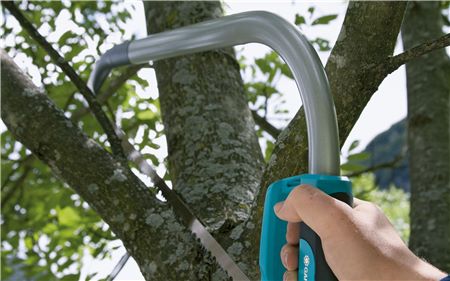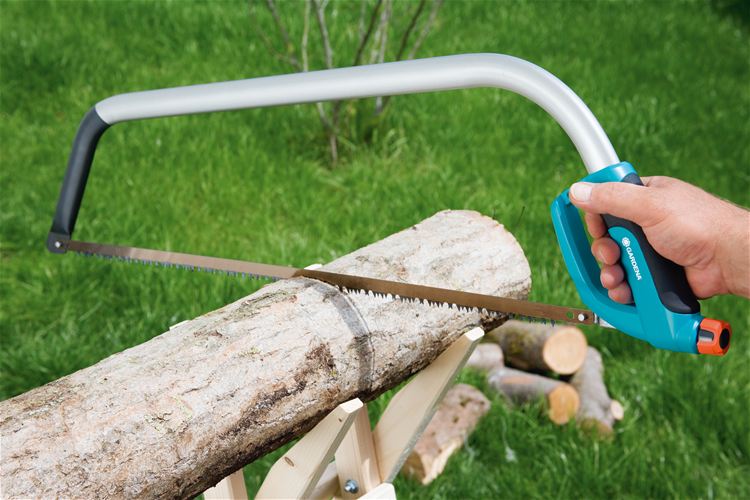Pruning Basics: Bow and Pruning Saws

If you are just beginning your gardening journey then you’ve probably already walked into the gardening section of a hardware store and became instantly overwhelmed by the plethora of options you are welcomed with in regards to gardening saws.
Today, we aim to bridge this beginner’s gap.
So you want to cut off a rather thick branch. Maybe the branch is dying away or simply in the way – whatever the reason, a good and robust saw can go a long way.
Bow Saws

One of the most common saws found in almost every garage, this is the best saw to use for cutting off branches of up to 150mm in diameter. When sharpened, the rough teeth of this saw make cutting off branches a quick and painless job. In the right hands, these saws can also be used to fell smaller trees.
Pruning Saws

These portable and small handheld are great for all-round general branch cutting. They are great for smaller branches and can take on larger branches with enough time and elbow grease.
- Straight Blade Pruning Saws.
- Perfect for pruning sap and greenwood, these saws have a straight blade and usually have a curved “pistol grip” type of handle to make using them more comfortable.
- Curved Blade Pruning Saws.
- Great for cutting off tougher and thicker branches, these are heavy-duty saws with a curved blade which makes cutting these branches feel a lot easier and quicker. Due to this curved design and general size of these saws, curved pruning saws would not be suitable for smaller branches.

Much like hacksaws, because of the cheap cost of the blades, you can replace the blades on these saws as soon as you feel the edge begin to dull. When doing so, you would need to be aware of the length of the blades as well as the fixture used to attach to the handle. These fixtures are usually pinned, some are single pinned and others double pinned.
General Steps to Follow When Using Pruning Saws:
- Identify the wood surrounding the branch you are about to cut. To preserve the neighboring branches, try to hold away or tie these branches to give you enough space to work
- Cut straight from the top of the branch. Allow gravity to assist you in cutting that stubborn branch off. It usually helps if you are standing at a higher point than the branch itself, utilize the ladder when necessary.
- Remove any excess weight on the branch. If the branch is perhaps rather long and you wish to make your cut closer to the primary node, then you need to trim this weigh before cutting. Doing this will reduce your chances of tearing and eventually wounding the overall plant.
- Create a kerf/groove before beginning your cut. This groove will act as a guide to ensure that your blade does not wonder and slip away.
- Cutaway!

Comments
Add comment